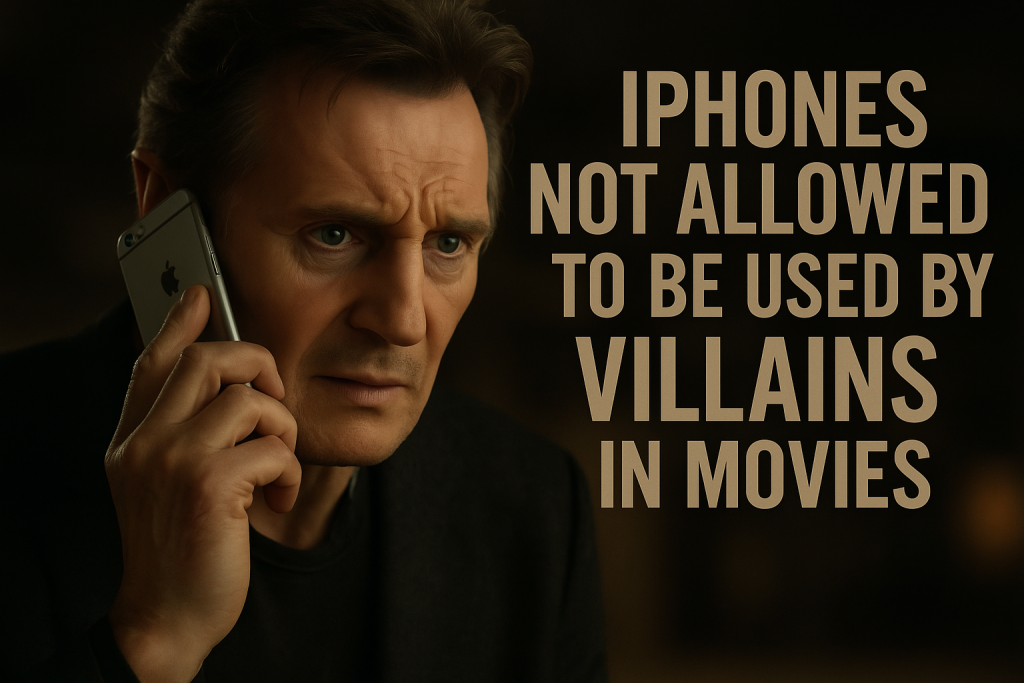Why Villains Can’t Use iPhones: The Cinematic Quirk That Changes How You Watch Movies
By now, many moviegoers have picked up on the little tricks filmmakers use to guide our perception, lighting, costume, background music. But a tweet that recently went viral has reignited discussion around one of Hollywood’s more curious behind-the-scenes rules: villains can’t use iPhones on screen.
Yes, really.
Apple has a strict policy when it comes to its products being used in movies: iPhones can only be used by protagonists or neutral characters. If a character is shown wielding an iPhone, you can rest assured they’re not the bad guy.

The Origin of the Rule
This quirk first came into the mainstream in 2020, when director Rian Johnson (of Knives Out fame) dropped this bombshell in an interview:
“Apple… they let you use iPhones in movies but, and this is very pivotal if you’re ever watching a mystery movie, bad guys cannot have iPhones on camera.”
That subtle piece of product placement regulation became an unexpected plot-spoiler, especially in a genre where red herrings and slow reveals are sacred. Johnson even joked that knowing this ruined his ability to watch whodunits without analyzing everyone’s phone brand.
Why Apple Cares
Apple has spent decades cultivating its image. Sleek. Innovative. Trusted. That image doesn’t align with cybercriminals, mob bosses, or serial killers. In Apple’s world, their products represent clarity, control, and status. Letting a villain use an iPhone risks contaminating that aura.
Think of it this way: would Apple want its flagship product associated with hacking into government databases or sending death threats? Probably not.
How Filmmakers Work Around It
For savvy directors, this rule can be a double-edged sword. On one hand, it helps with character clarity. On the other, it can undermine suspense if viewers catch on. That’s led some filmmakers to deliberately obscure phone brands in tense scenes, use burner phones for villains, or rely on off-brand props.
Others simply accept the iPhone rule and assign Android or anonymous tech to antagonists, if they’re even shown using phones at all.
How to Use This as a Viewer
Next time you’re watching a thriller or a high-stakes drama, pay attention to the phones:
- Spot an iPhone? That character probably isn’t the killer.
- Notice someone with a generic-looking device or no phone at all? Suspicious.
It’s not a foolproof method, and some filmmakers intentionally subvert expectations. But now that this rule has gone viral again, writers might have to dig deeper into their bag of tricks to keep audiences guessing.
This little behind-the-scenes fact is more than trivia, it’s a reminder that every detail in film is intentional. In an age where storytelling is dissected frame by frame, even the choice of smartphone carries narrative weight.
So next time you think the villain is hiding in the shadows, maybe take a closer look at what’s in their pocket.